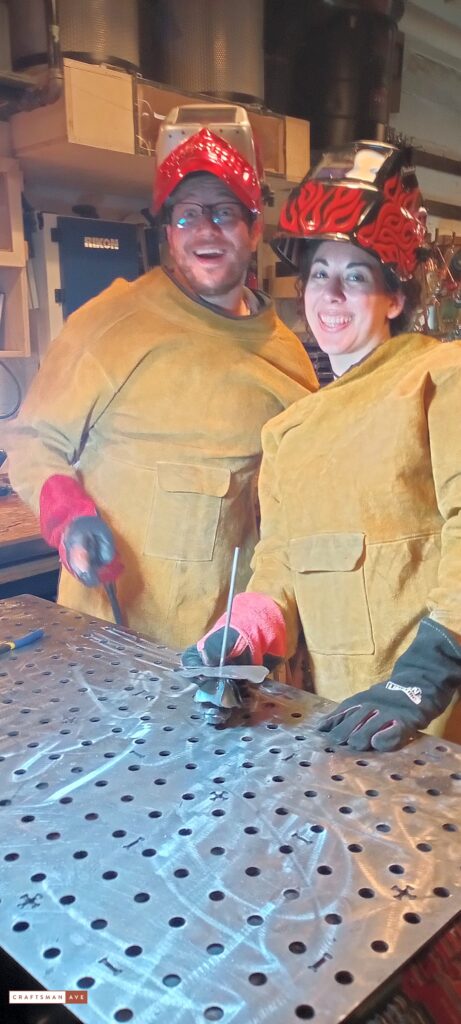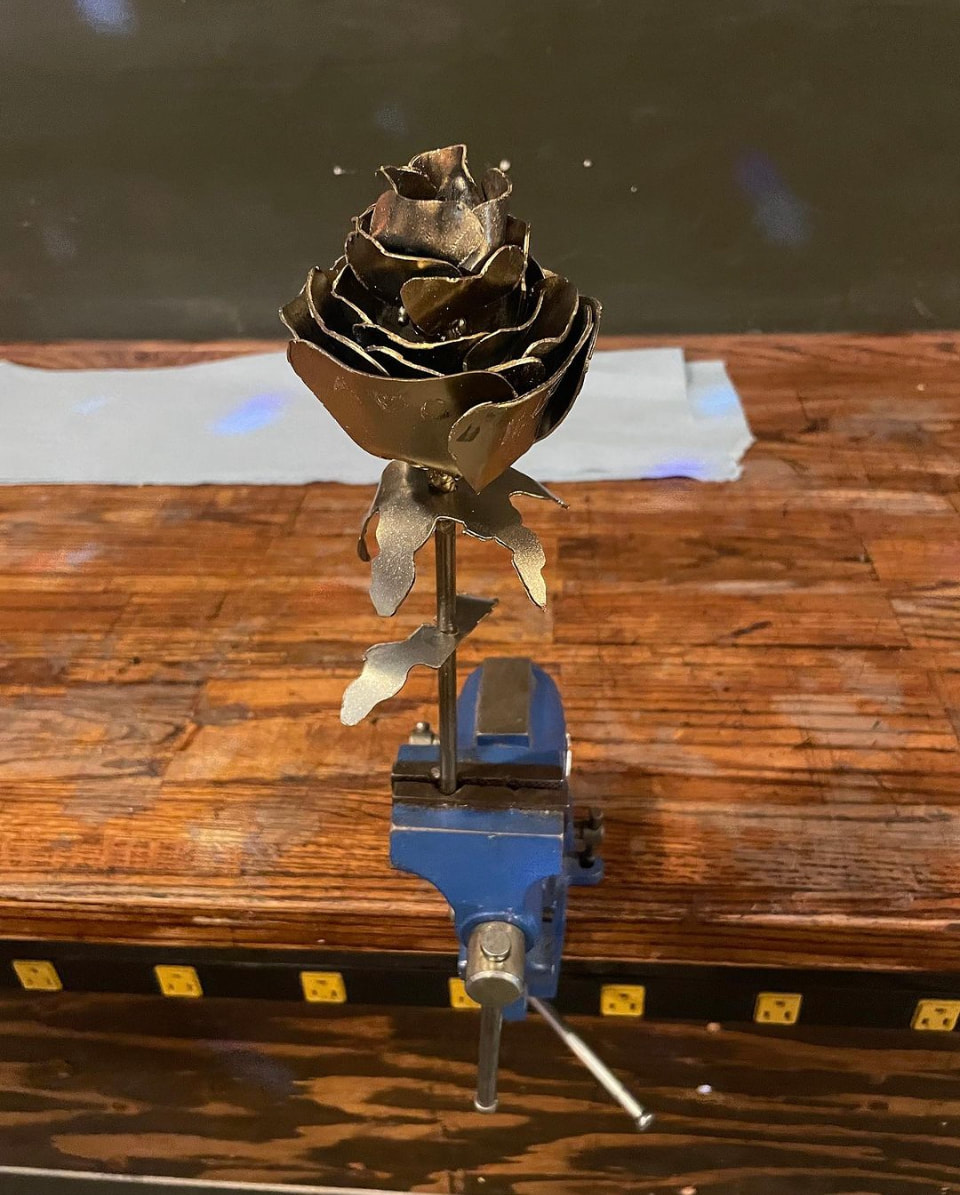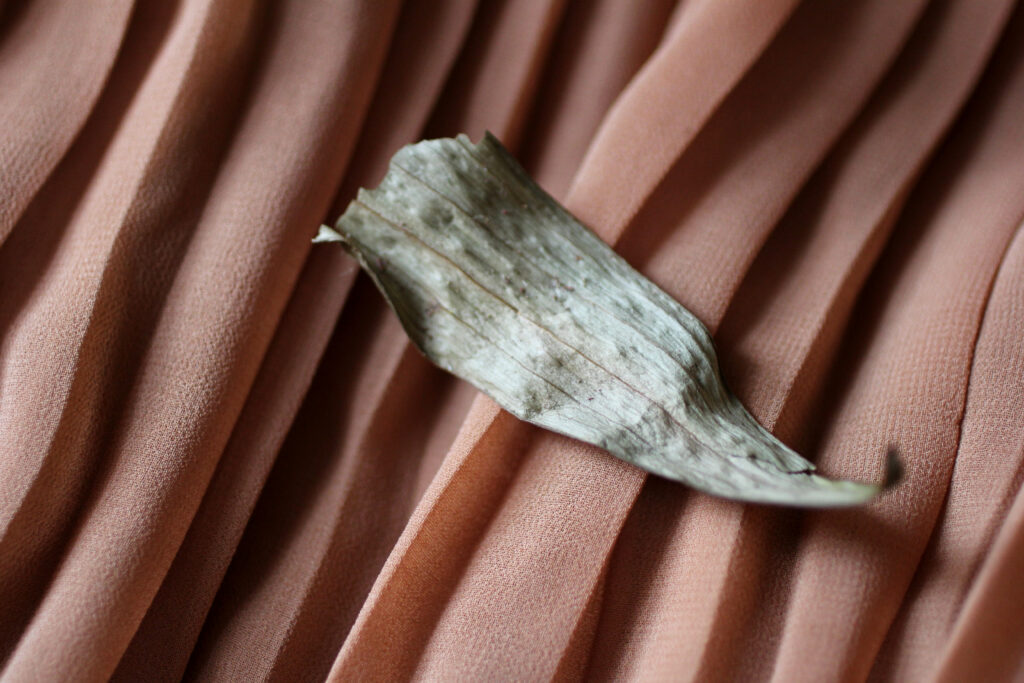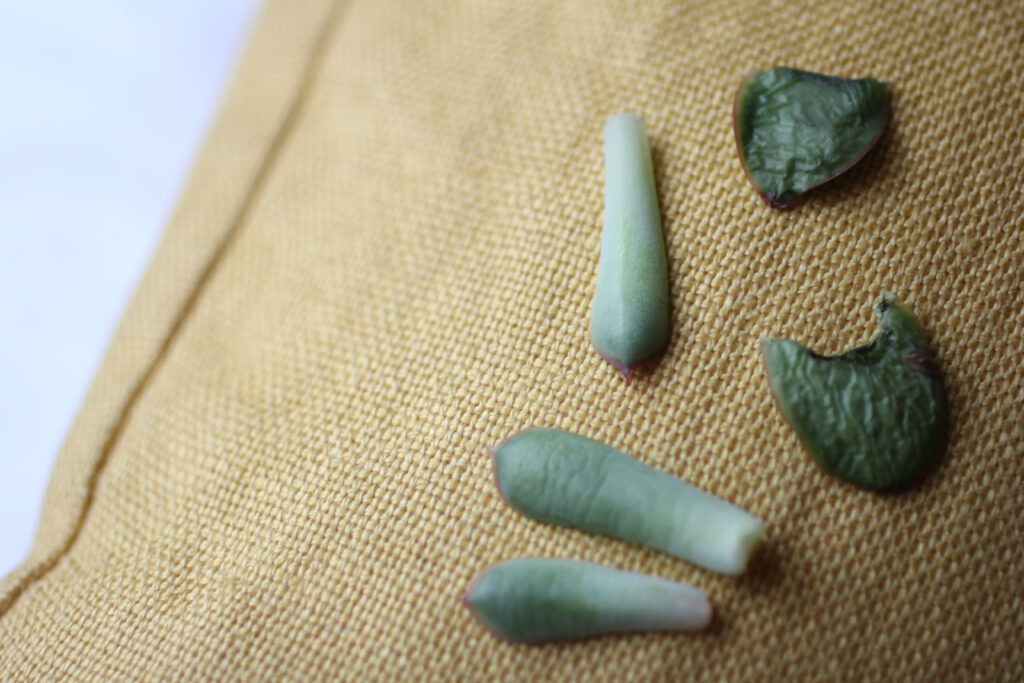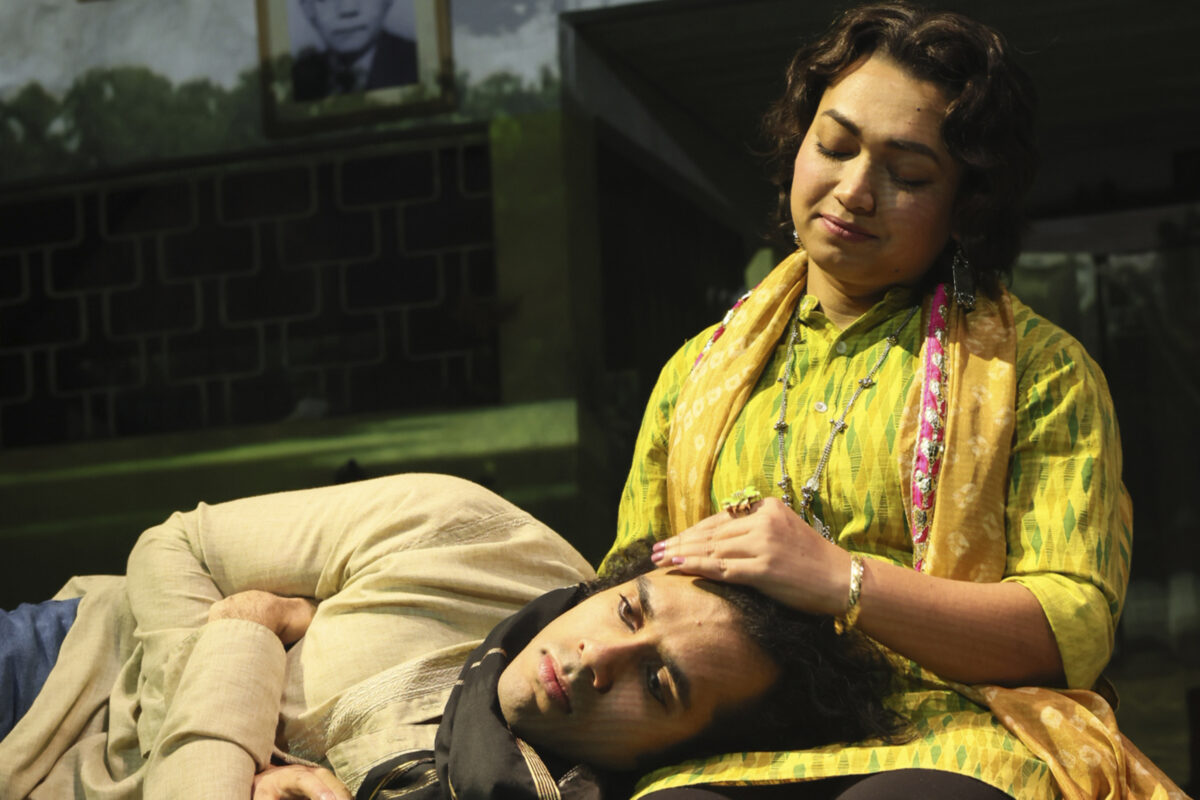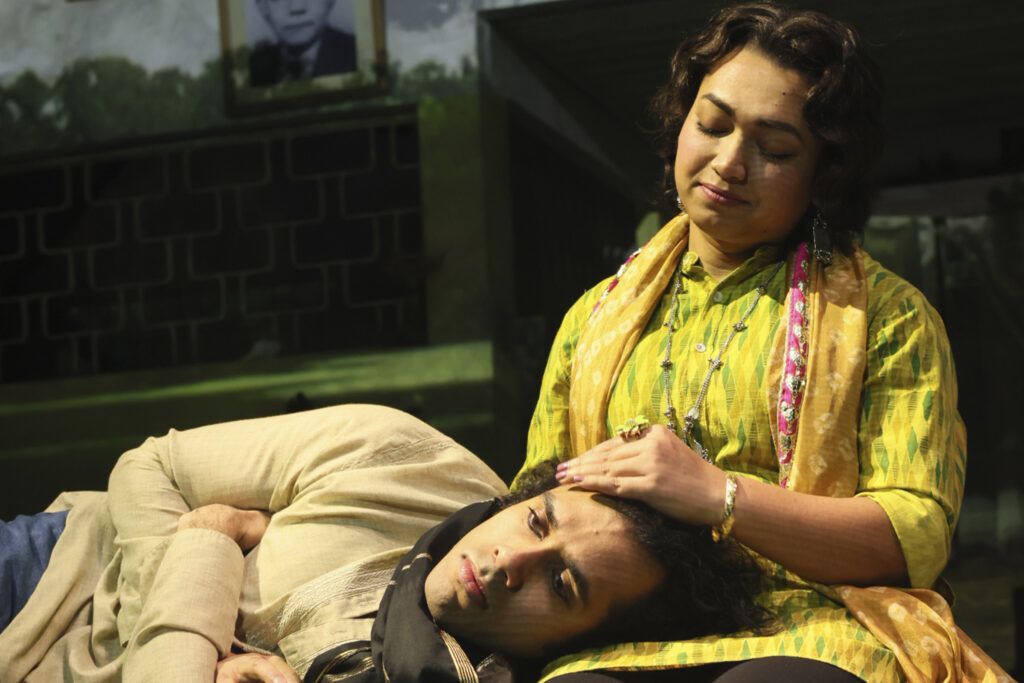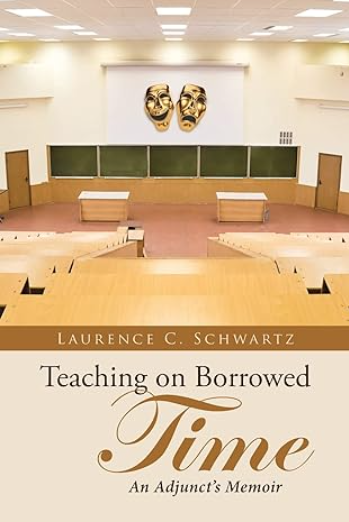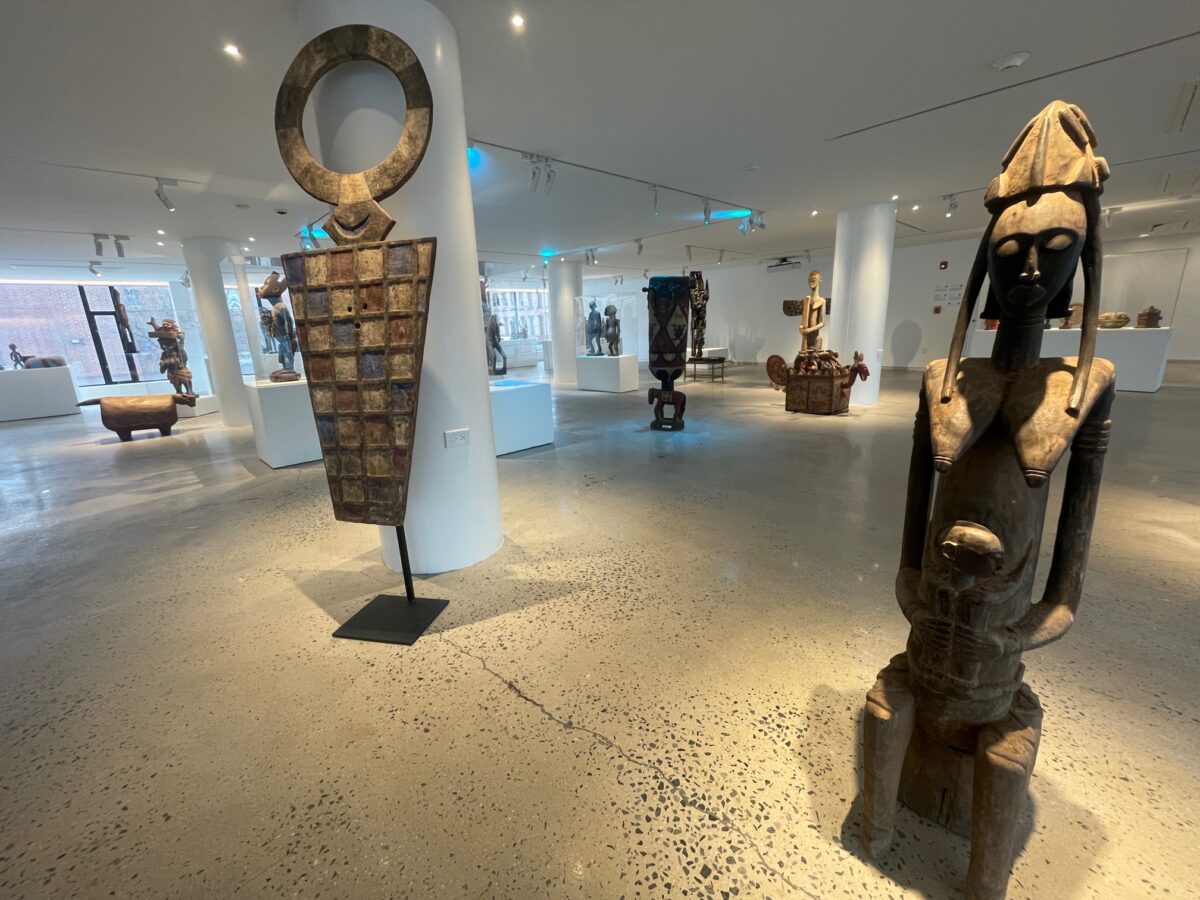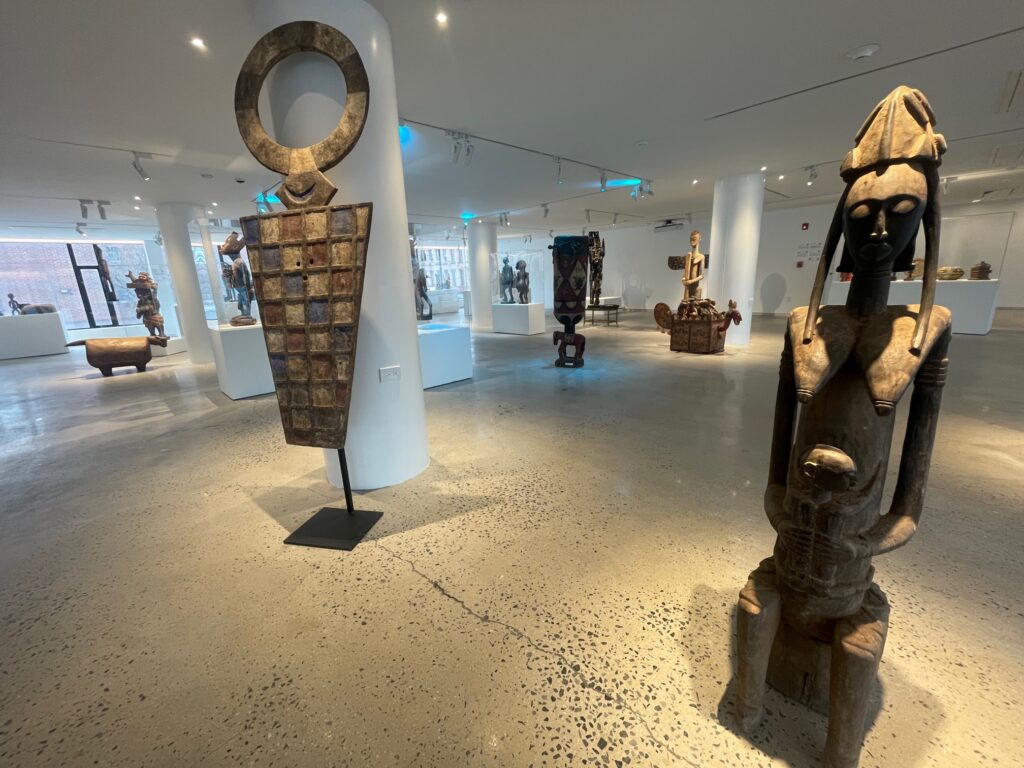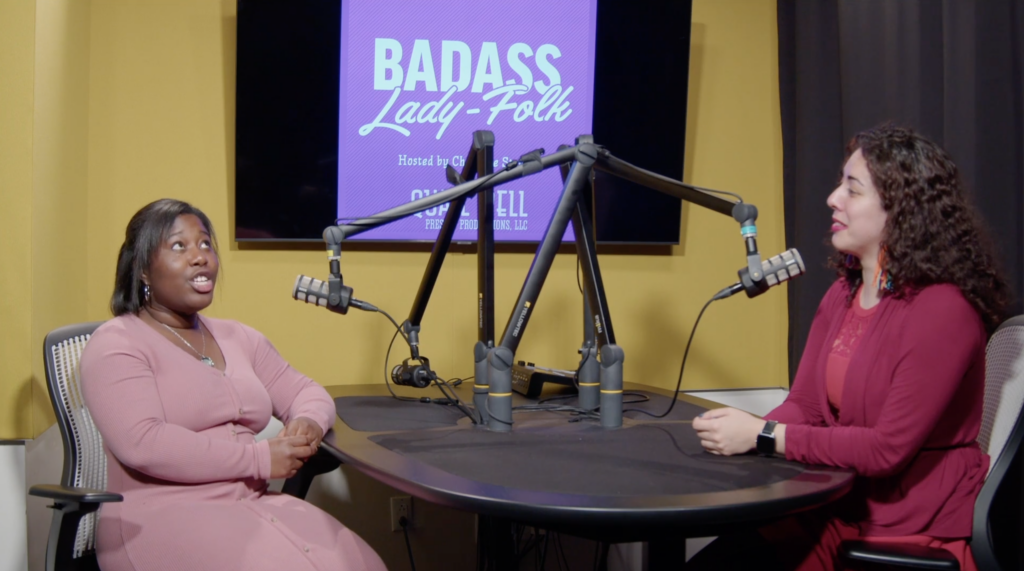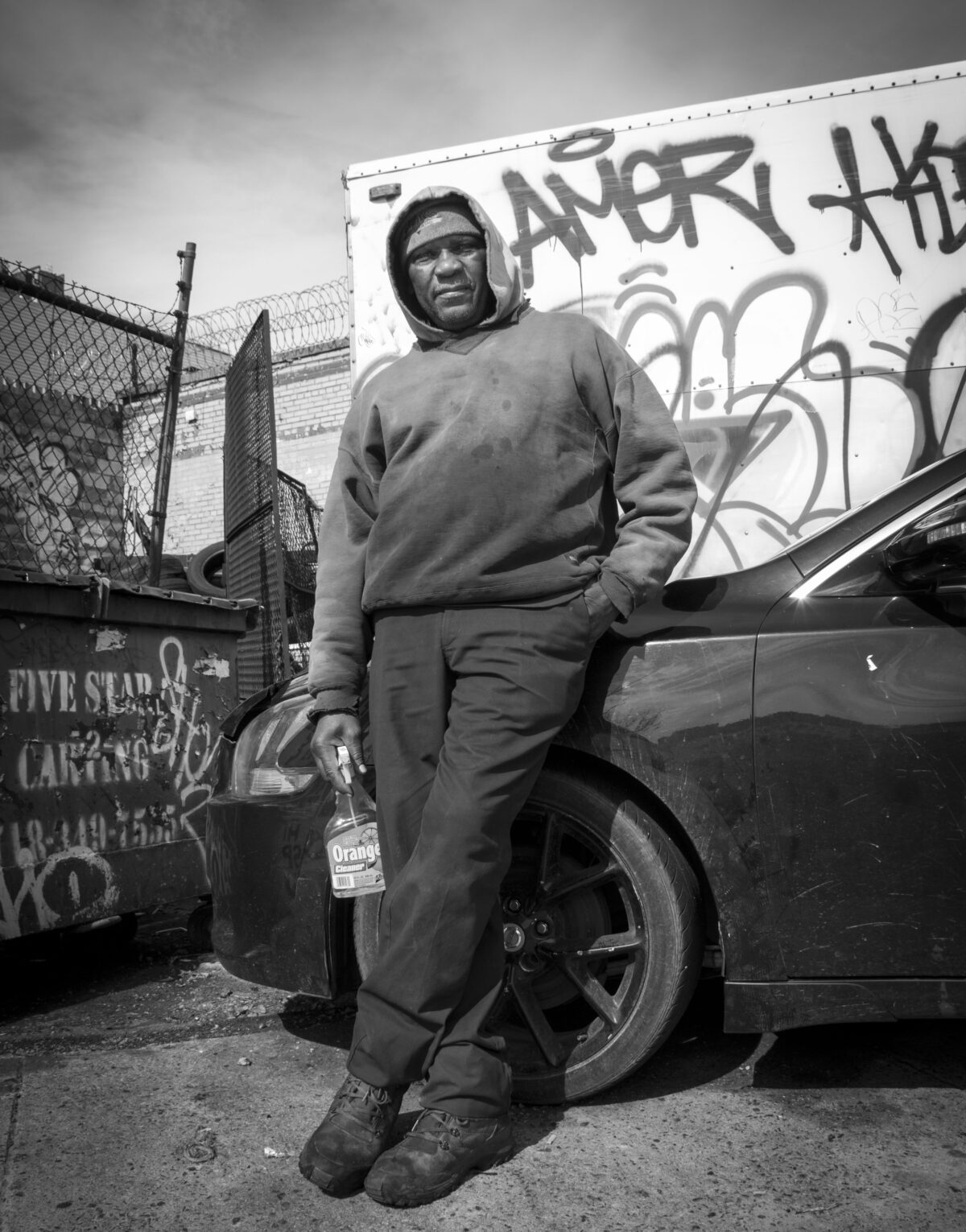Would you a weld a steel rose for Valentine’s Day?
By Christine Stoddard | cstoddard@queensledger.com

Editor’s note: An earlier version of this review first appeared in Quail Bell Magazine:
The couple that welds together stays together. Certainly, I felt bonded with my partner (and frequent collaborator) Aaron Gold the night we hit up Craftsman Ave. in Gowanus for the “weld a steel rose” date night. We entered this gritty workshop fully expecting to try something new and get our hands dirty. And by “we,” I mean me. I hadn’t given Aaron too many hints about our destination because I wanted it to be a surprise. Surprises make date nights all the more thrilling! He knew we would be doing a couples activity and I had warned him to wear sturdy shoes and old clothes. Nada más. Upon our arrival, Aaron and I were warmly greeted by Chris Jeffries, owner of Craftsman Ave. and our instructor for the evening. He escorted us to a private workbench in a romantic little nook, separate from the rest of the small group in the cozy school and event space. Chris said he liked to give the date night couple their alone time and that he’s not one to hover. Even better? Chris kept his promise and let the workshop remain a secret until absolutely necessary. When the right moment came, Aaron was floored by the big reveal. Chris flashed several samples of gorgeous steel roses fabricated in that very workshop. Soon it would be our turn.
Craftsman Ave. is a place where beautiful but practical craft happens. We felt honored to not only witness the magic there but to conjure some of our own. It all happened step by step. Chris showed the group what to do and he made the rounds to ensure we were all on track. I’m the craftier of the two of us, so it was important to me that Aaron didn’t feel left out. That was the beauty of the process: Each step required different skills and could be improvised and personalized to some extent. Honestly, he was better at some steps than I was and it was satisfying to see a new side of him. It’s worth noting, though, that there is no “right” way to weld a steel rose at Craftsman Ave. There’s plenty of leeway to make your creation a unique expression of your love. Without the pressure of perfection, Aaron and I had a lot more freedom than I had realized we would when I booked this date night. Phew! And yay!

It wasn’t long before we got a hang of the basic process and were able to replicate the steps sans Chris. That’s where the lovey-dovey stuff came in. We had time to flirt, goof off, and just have fun together in a new environment. At a good stopping point, we enjoyed a bottle of wine from Gowanus Wine Merchants and a pizza from Table 87, which Chris had delivered. There was a comfy lounge at the front of the shop, away from the welding action, where we dined.
This was the first time either Aaron or I had ever welded. I had only done minor soldering in jewelry class about a decade prior. Welding and soldering are similar but different processes. Trust me—my “experience” barely counts. Despite being first-timers, we made something beautiful and felt totally safe doing it. After a relaxing four hours, we finished our first rose together! We even got to engrave and paint it, too.
We found this date night so remarkable for a few reasons:
1. We picked up a skill that looks super intimidating but, with the power of trust and love, is actually pretty manageable.
2. Chris is a delight. He knew when to pipe up and when to leave us be. Having some level of privacy is essential for date nights. That’s how you get to know each other better!
3. The food came to us. The menu was simple, delicious, and involved zero hassle in filling our bellies without derailing our craft project.
4. WE GOT TO TAKE HOME OUR CREATION AT THE END OF THE NIGHT!!! So many date nights revolving around crafts make you come back another day. For a variety reasons, this isn’t always practical. By the time we drove home, the rose was dry and ready for display.
5. None of our friends have done it! It’s truly a unique date night worth telling folks about. Everyone will want to see photos.
The verdict is in: You and your sweetie should consider welding a steel rose at Craftsman Ave. in Brooklyn. You’ll end up with a cute story and an eye-catching keepsake.
Find out more about this unusual date night idea at CraftsmanAve.com.
